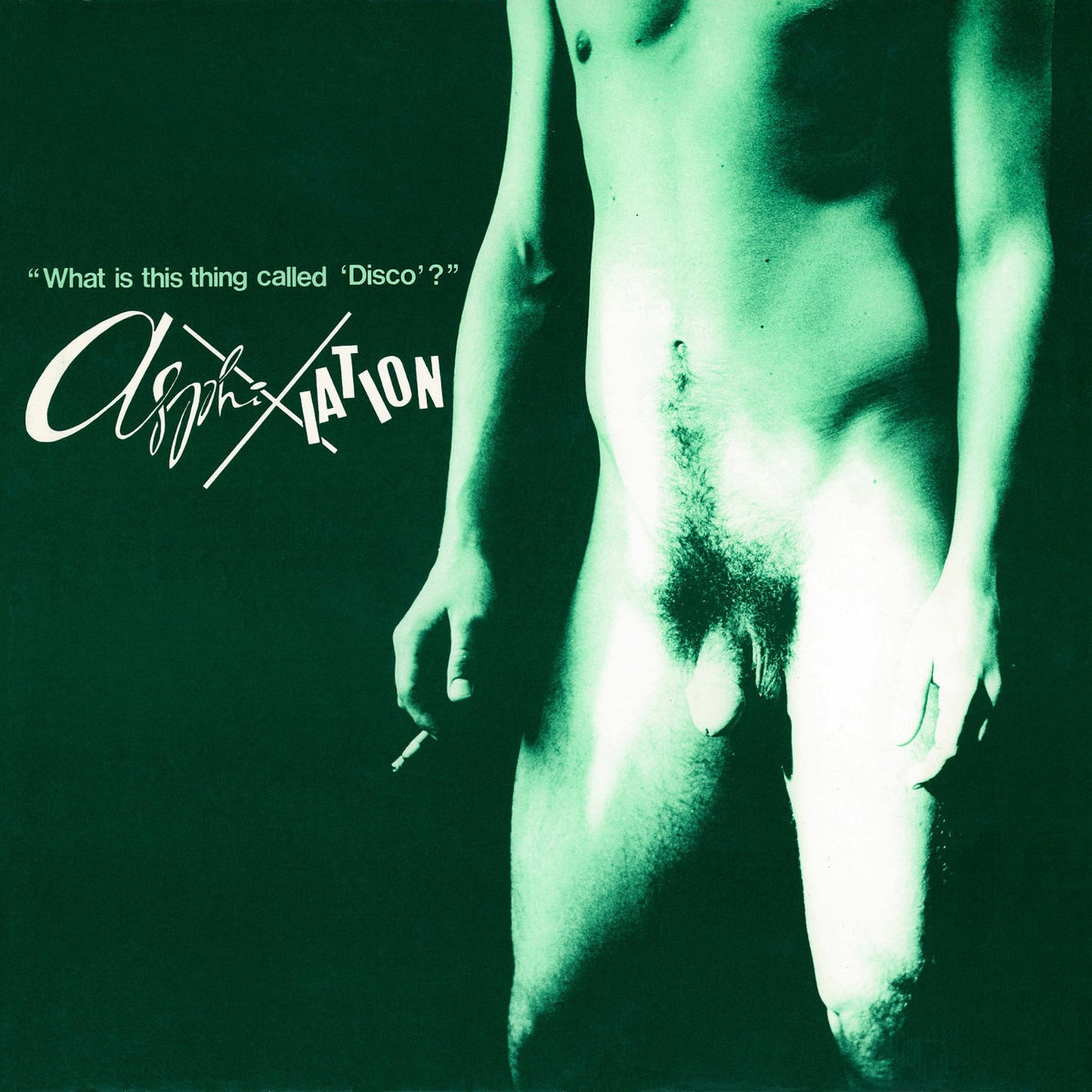Asphixiation - What Is This Thing Called Disco?
Asphixiation - What Is This Thing Called Disco?
Couldn't load pickup availability
What Is This Thing Called ‘Disco’?” is a landmark Australian post-punk artefact, originally released in 1981 as an LP with accompanying 12” single. One of the first records from the Australian underground to incor-porate disco elements into the reigning post-punk aesthetic, “What Is This Thing Called ‘Disco’?” sits alongside records by international counterparts Flying Lizards and Yellow Magic Orchestra in its combination of art school formalism and dancefloor hedonism. Asphixiation was a one-off side project for Melbourne provocateur Philip Brophy, best known for his work with (pronounced with three clicks of the tongue), whose decade-long investigation into the aesthetics of punk, electronic and dance music began in the late 1970s. had already released a series of seven inch singles, and had begun to incorporate elements of disco into their minimalist rock-hewn sound, when curators at Melbourne University’s George Paton Gallery approached Brophy to present something in their space. Brophy decided to put disco into an art gallery. The ensuing exhibition presented paintings lifted from Italian Vogue, single instruments displayed on plinths, tape loops playing minimalist ambient sounds, and a synthe- sizer pulsing a loud thump throughout the space. Brophy also created a ‘fake’ disco band - itself a perverse idea because the essence of disco was its artificiality - to mime on stage with a reel-to-reel tape visibly play- ing, just like disco was being presented at the time. “What Is This Thing Called ‘Disco’?” was recorded just days before the exhibition of the same name opened in July 1980. Aged only 20, Brophy wrote all the music in 5 days, with accomplice Ralph Traviato taking care of lyrics. Recordings were done over 7 graveyard sessions at Latrobe University studios, engineered by David Chesworth (Essendon Airport) and Chris Wyatt. Ralph, Phil and guitarist Leigh Parkhill played everything, sharing vocals with fellow v members Maria Kozic and Jayne Steven- son. In February 1981, iconic Melbourne label Missing Link released a 12” of two songs from these recordings (including The Crush, as comped by Chapter in 2007 on archival Aus post-punk series Can’t Stop It! Vol. 2), and later that year the band released the album themselves, repressing the 12” and including it in the package . A friend posed nude for the cover, deliberately reversing disco’s penchant for half-naked women on its album sleeves. So one of Australian post-punk’s most iconic, playful and sought-after records was created. 36 years later, Chapter has lovingly remastered and reissued the album + single package, with new liner notes and photos.


